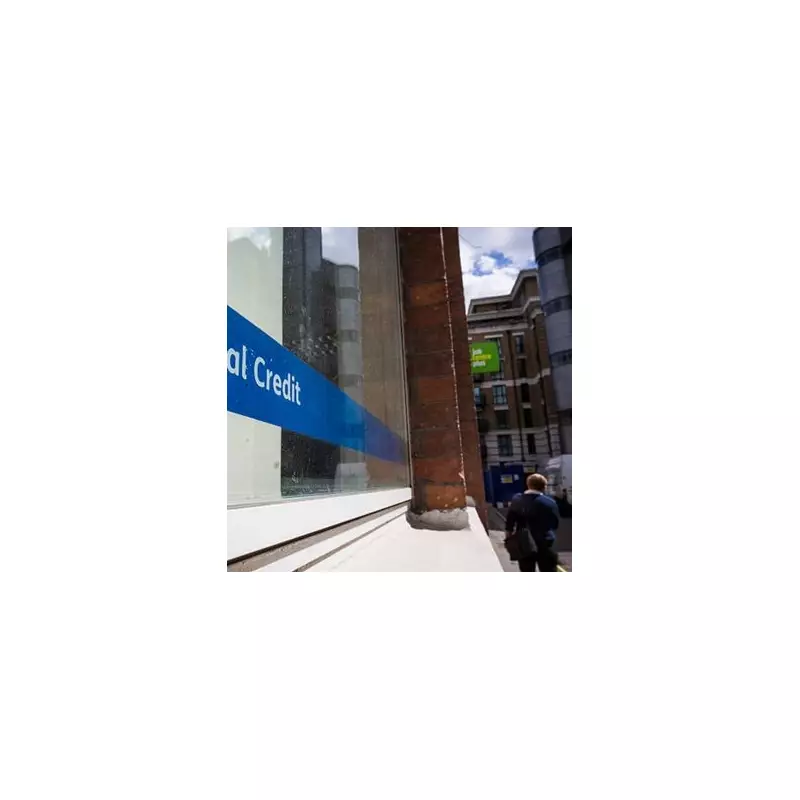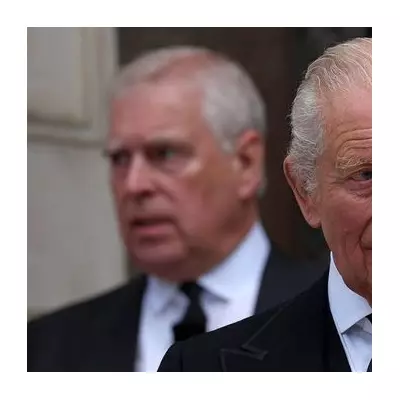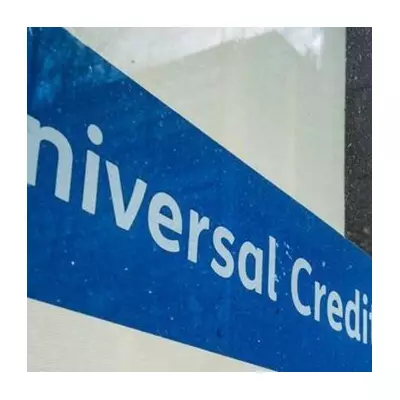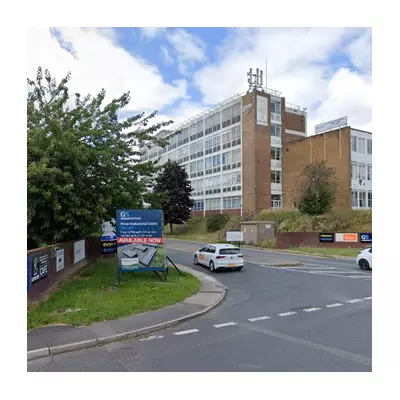
The Department for Work and Pensions has initiated a significant overhaul of the benefits system, beginning the large-scale migration of claimants from legacy benefits to Universal Credit. This process, known as 'managed migration', marks a pivotal moment in the government's welfare reform agenda.
What's Changing and Who's Affected
Starting now, thousands of households receiving older-style benefits will gradually transition to the Universal Credit system. The migration primarily targets those currently on:
- Working Tax Credit
- Child Tax Credit
- Income-based Jobseeker's Allowance
- Income-related Employment and Support Allowance
- Income Support
- Housing Benefit
The Migration Process Explained
Claimants won't be transferred automatically. Instead, they'll receive a Migration Notice letter from the DWP, giving them three months to apply for Universal Credit. It's crucial to understand that legacy benefits will stop when claimants submit their Universal Credit application, whether they receive the migration notice or apply independently.
Financial Protection Measures
To ease the transition, the DWP has implemented Transitional Protection payments. These top-up payments ensure that eligible claimants won't receive less money on Universal Credit than they did under their previous benefits. However, this protection only applies to those who complete the switch after receiving their migration notice.
What Claimants Need to Do
- Wait for your Migration Notice letter - don't apply until you receive it
- Complete your Universal Credit application within the three-month deadline
- Be aware that legacy benefits will cease upon application
- Check your eligibility for Transitional Protection
The DWP emphasizes that this managed migration approach allows them to support claimants through the process while ensuring nobody experiences unnecessary financial hardship during the transition.





